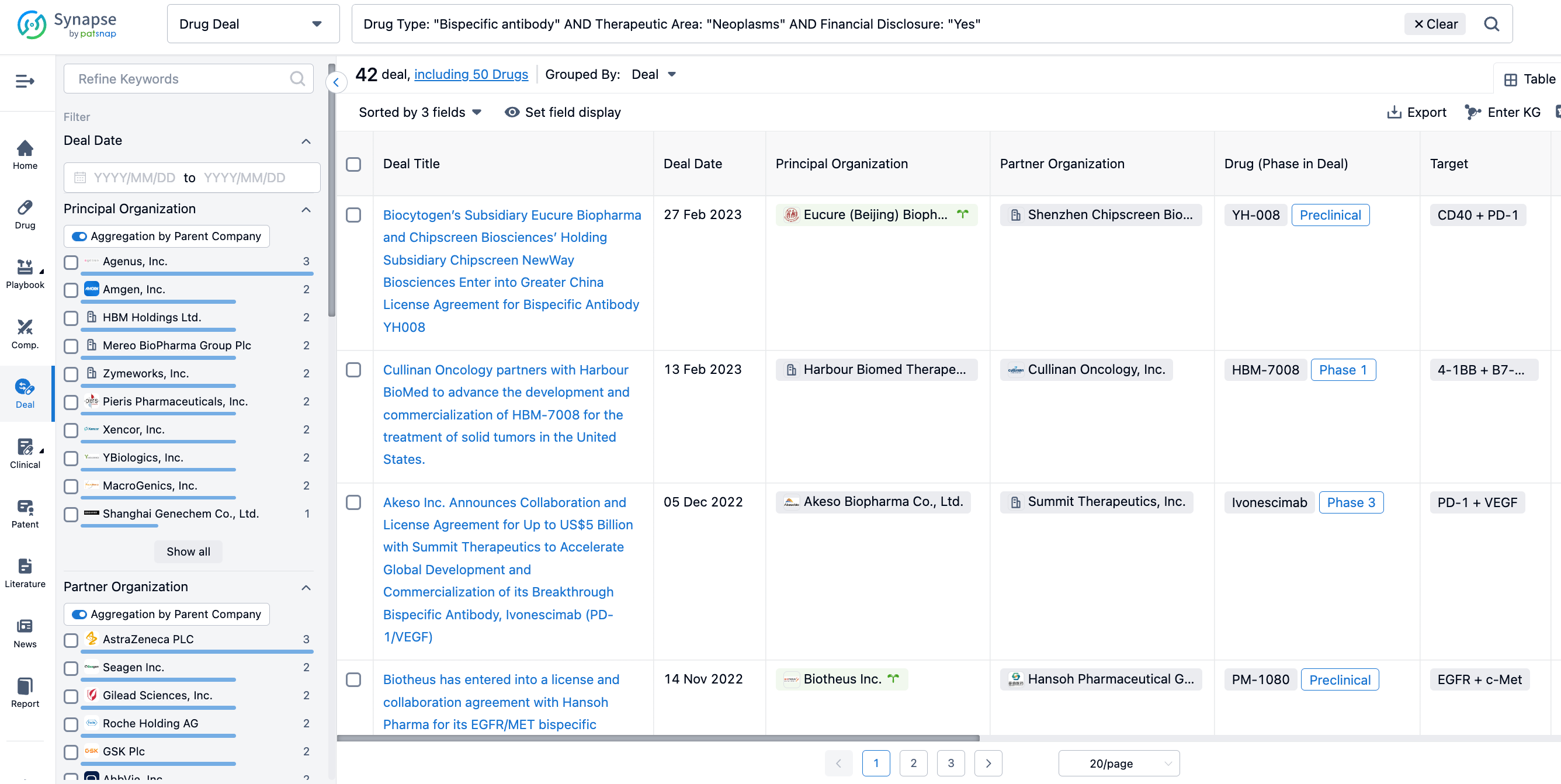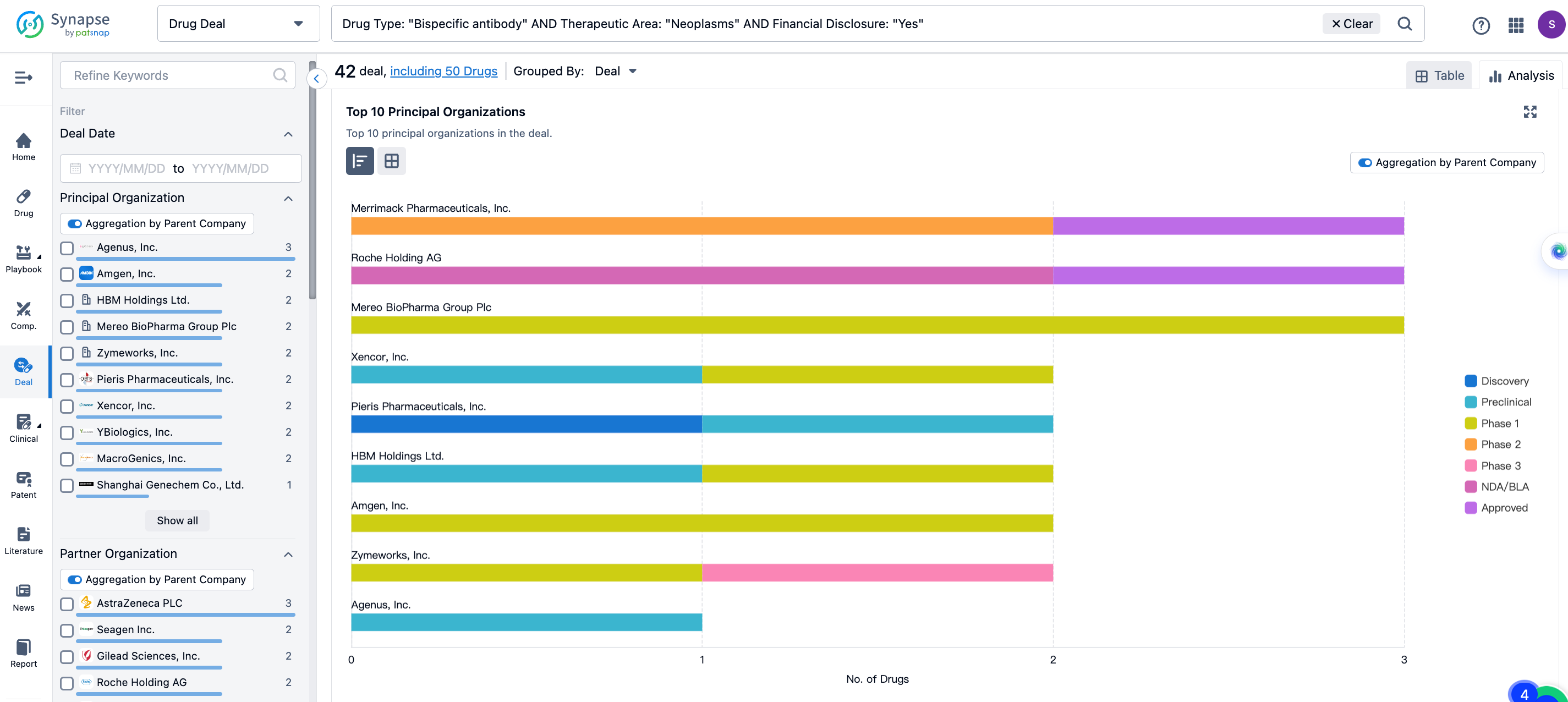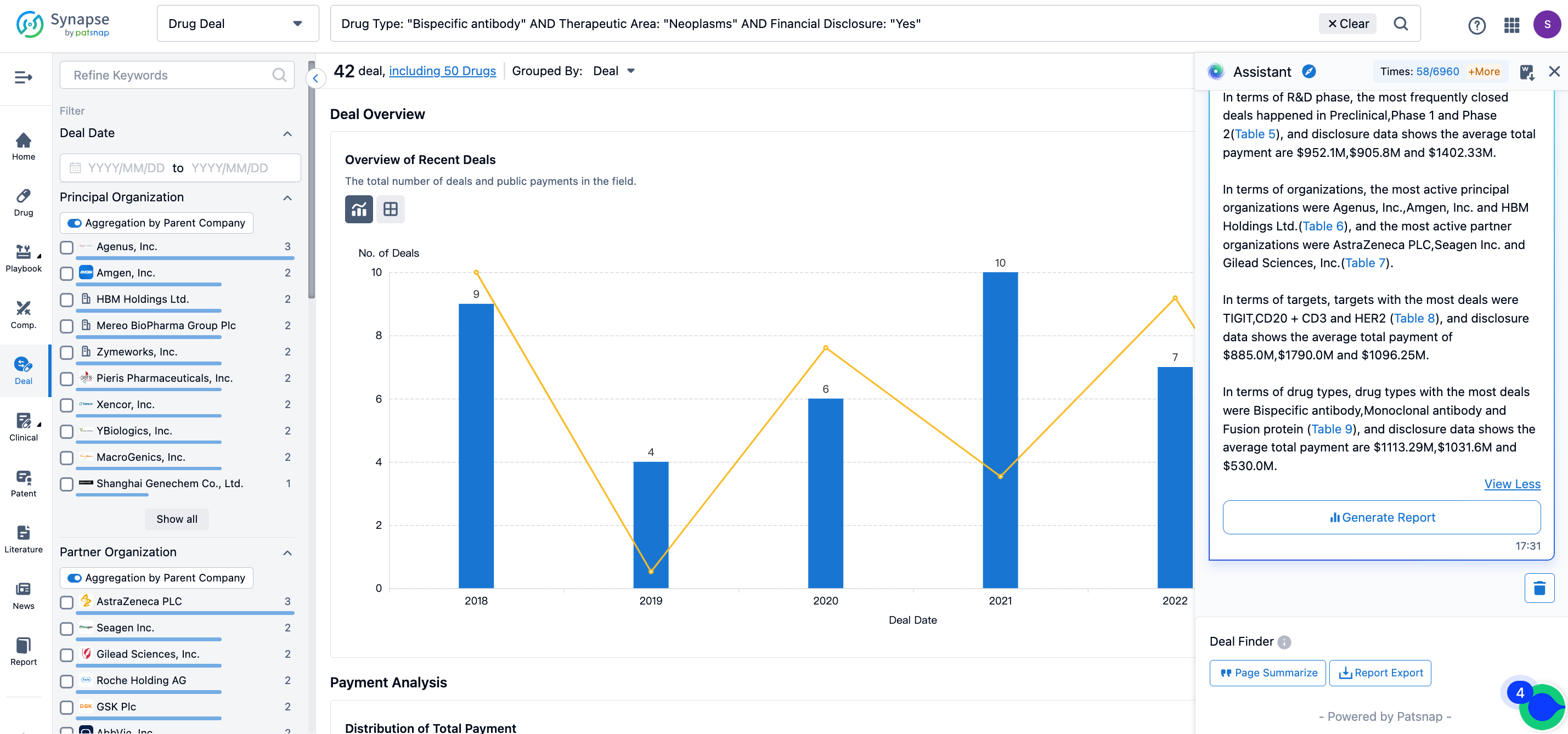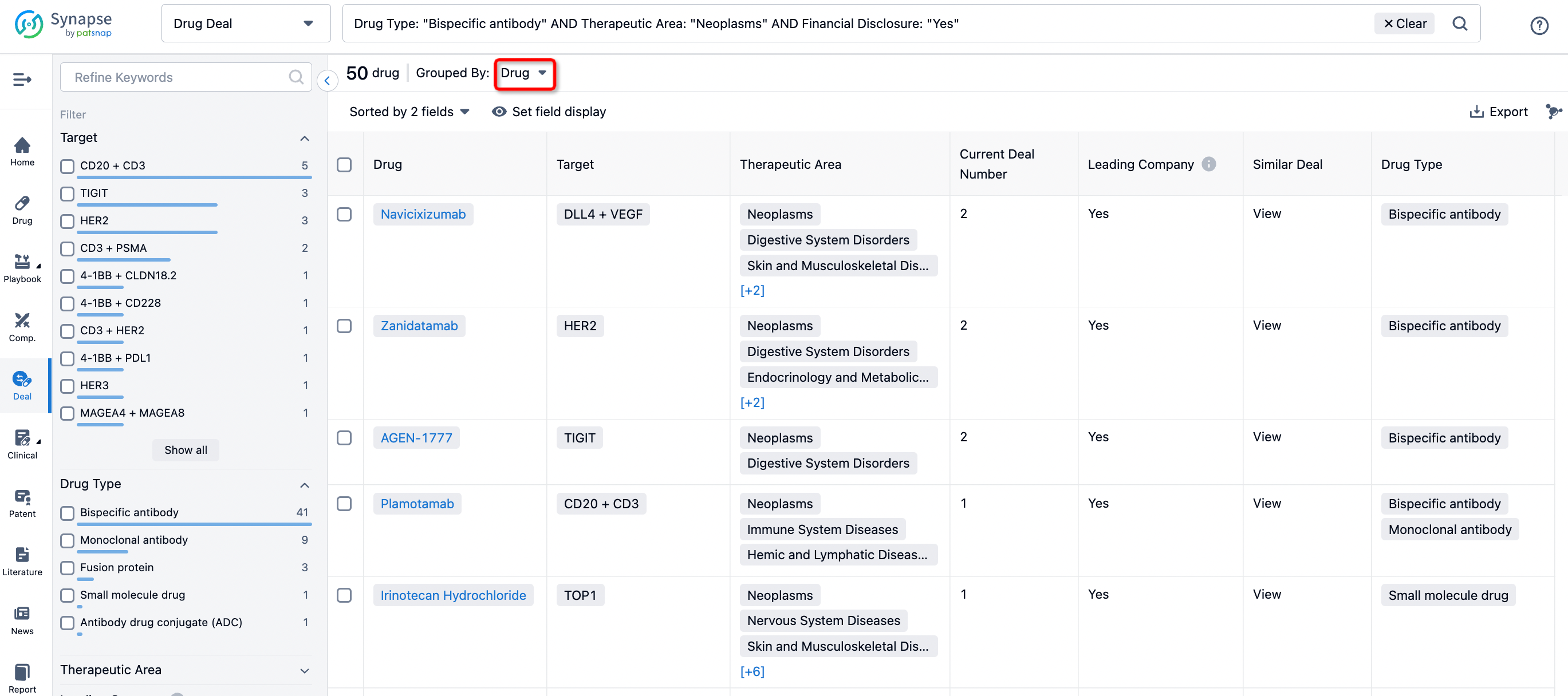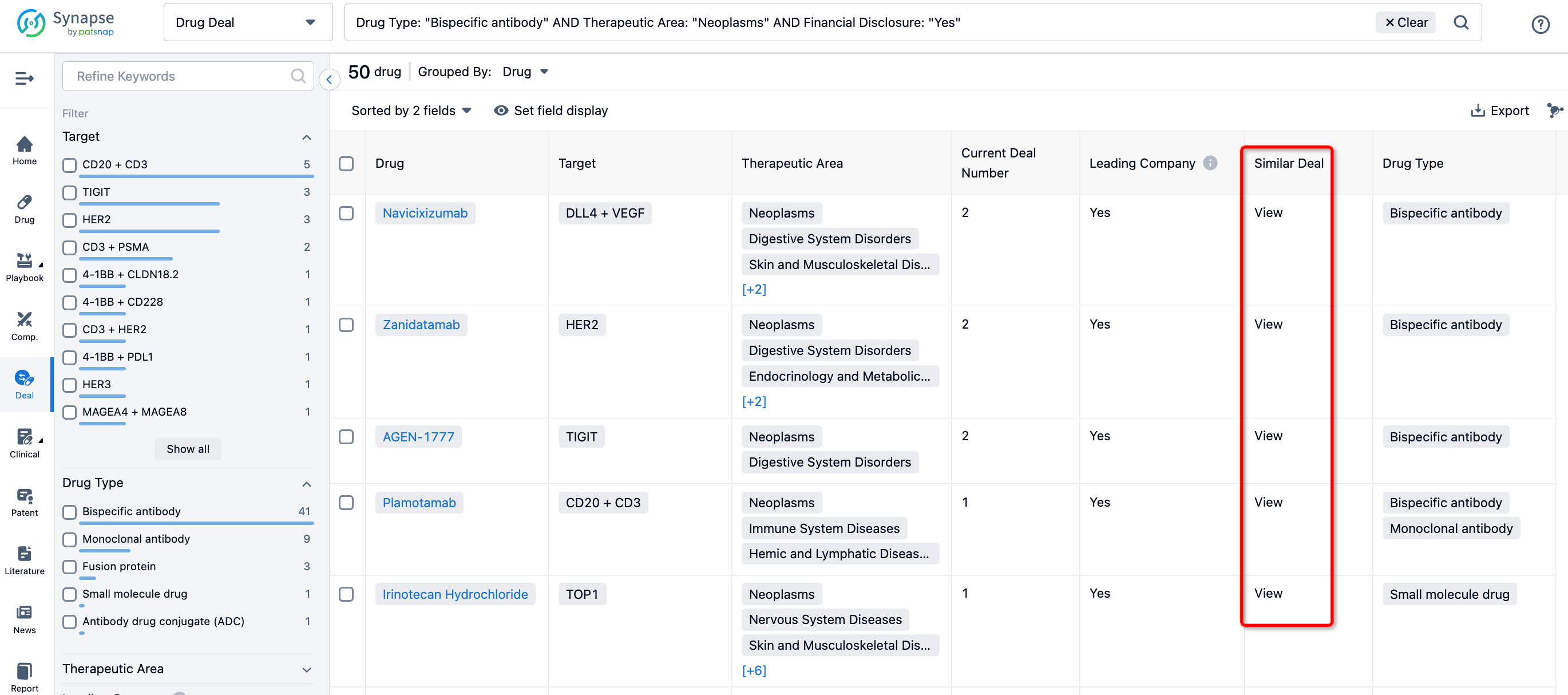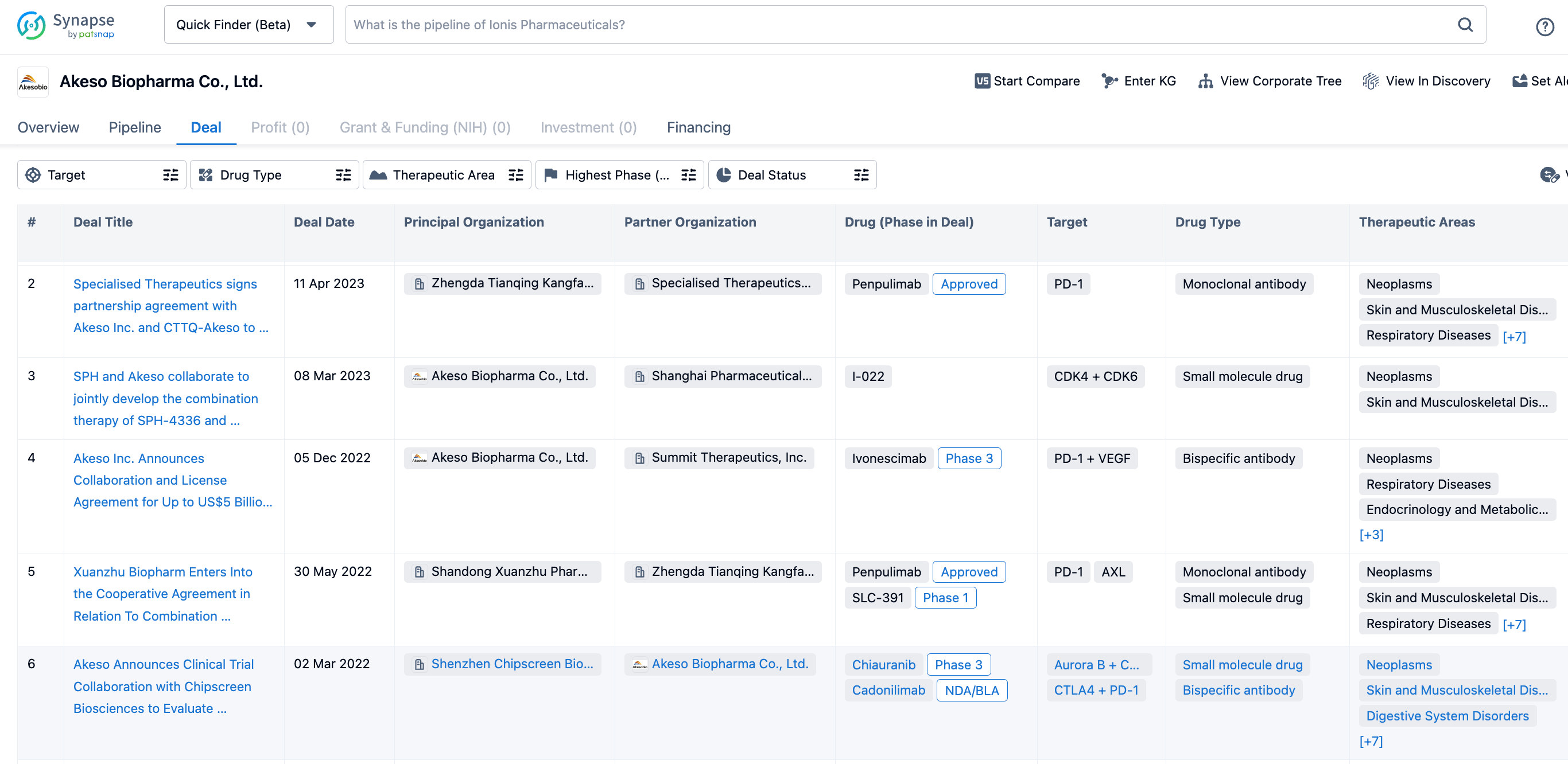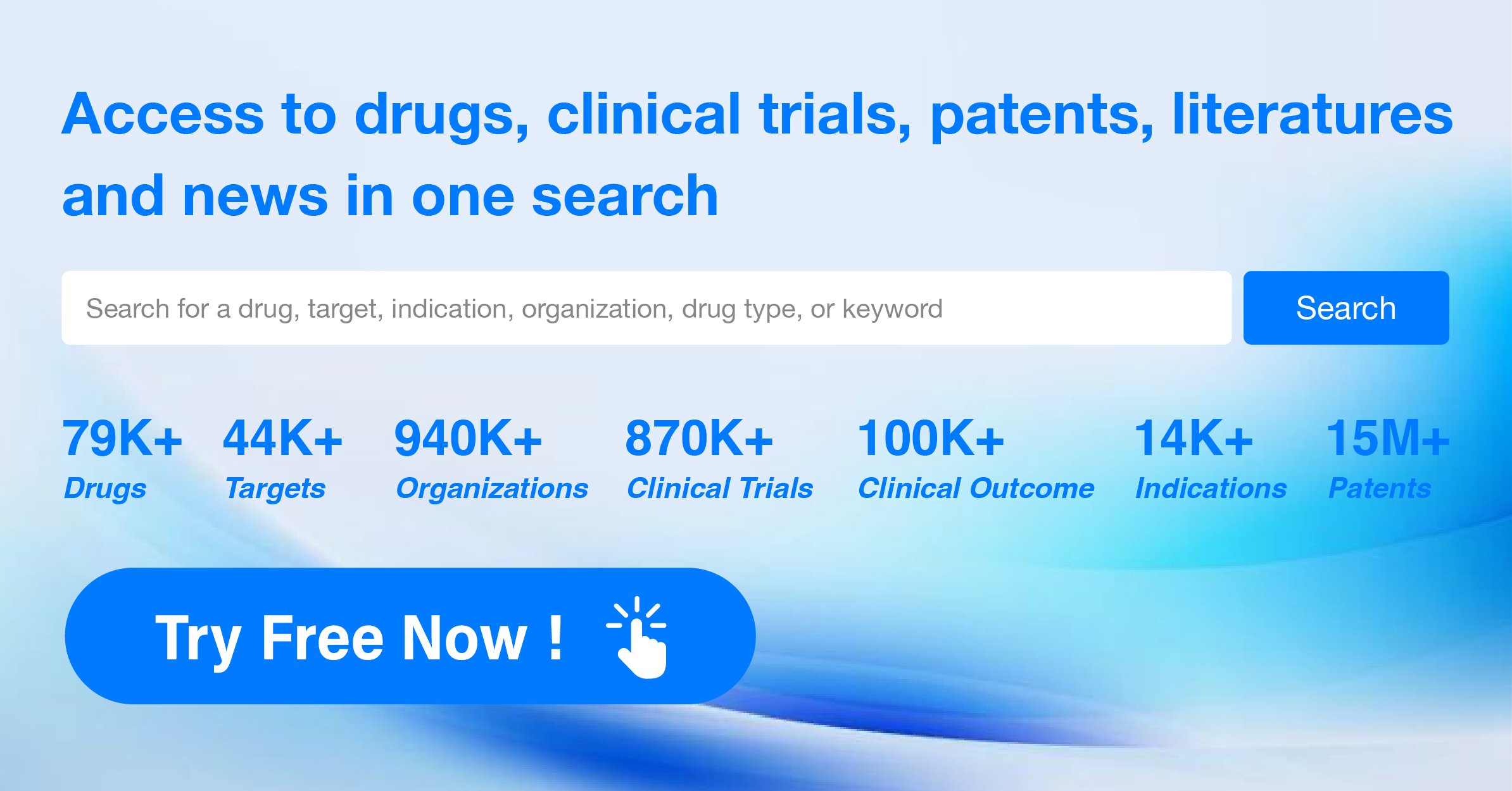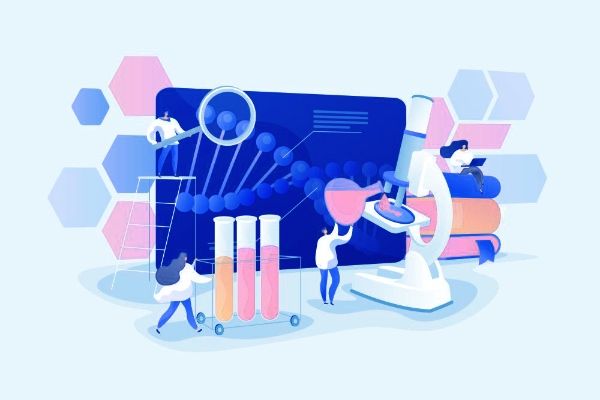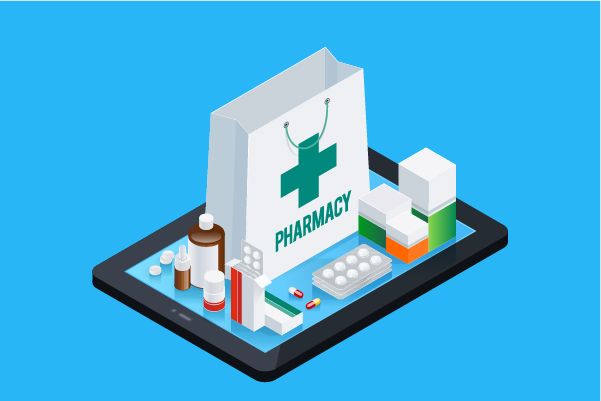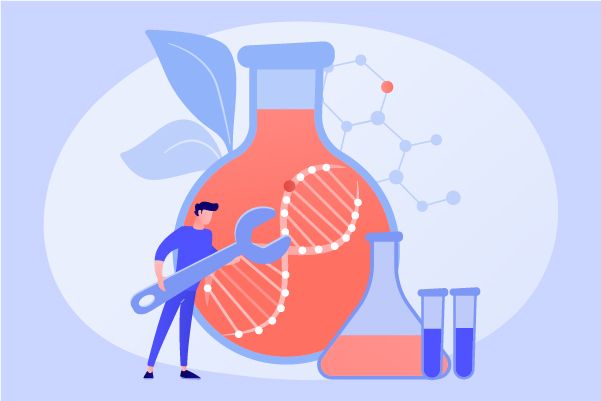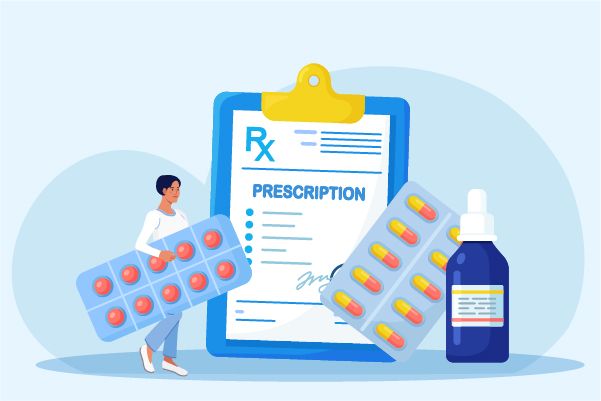Easily gain insights into global drug trade intelligence with the Synapse database!
With the continuous emergence of emerging technologies in the pharmaceutical industry, the traditional model of self-research and self-sales by traditional pharmaceutical companies can no longer meet the demand.
Biotech companies are often established after scientists have made significant research achievements. The cooperation between biotech companies and academia is more flexible and diverse, which enables biotech companies to dominate in drug discovery and early R&D. However, they often struggle in follow-up clinical trials and sales.
Big Pharma, restricted by its bulky organizational structure, though not as efficient in R&D as biotech companies, has ample financial and human resources to drive clinical development and subsequent sales. Therefore, the gradual trend is for Biotech to develop drugs and Big Pharma to participate in the subsequent development and commercialization of drugs through BD.
In recent years, the licensing-out transactions of global innovative pharmaceutical companies have become increasingly active, showing an annual increasing trend in terms of the number of transactions, the amount of transactions and the types of projects. The license-out model has become an important choice for innovative pharmaceutical companies to "sail with a borrowed boat" or supplement their cash flow.
The Synapse database launches a drug transaction library to assist users in the BD and strategy departments of pharmaceutical companies in gaining insights into global drug transaction intelligence. With the help of a leading global language model, a professional data team extracts tens of thousands of pharmaceutical transaction information from global news, pharmaceutical company announcements, and other channels. By backtracking the time when transactions occurred, the highest R&D status of the drugs at the time of transaction is supplemented, helping users understand all the details when the transaction took place.
A concise interface, enabling effortless acquisition of trading information
In the Trading module, you can use labels such as "Company", "Target", "Drug Type", "Transaction Type", "Equity Region", "Amount Disclosure", etc. to search for global drug transaction information, and obtain original links of transaction reports by clicking "Transaction Name".
In the analysis view, you can see the analyses of various dimensions, including the most active transferors, transferees, popular targets, etc. Also, you can see the distribution of the R&D statuses at the time of the transactions, helping you better understand the search results.
AI Assistance, One-click Generation of Research Materials
With the powerful AI capabilities of Synapse, you can summarize the current information with a single click through the "Intelligence Assistant" on the right side, including: the trends of transactions, the details of the transaction with the highest total amount, the most common stage of R&D where transactions occur and their average total amount, the most popular drug targets in transactions and their average total amount, etc. If you want to use these materials in your own research materials, you can download the graphic report to your local device by clicking "Generate Report".
Multiple dimensions, flexible and diverse analytical perspectives
Aside from viewing the transactions themselves, Synapse also supports viewing current transactions by the dimension of "drugs" (simply select "drugs" in the "adjust dimension" option at the top). For the widely known pharmaceutical companies that are of interest within the industry (such as Merck and Roche etc.) participating in the transactions, Synapse has identified a batch of "leading enterprises" through the Pharma circle, with global sales exceeding 1 billion US dollars in 2022. By using the "participation of leading enterprises" label on the left, you can filter out the drugs involved in transactions by these leading enterprises.
Moreover, you can also click on the "view" button in the "Similar Transactions" column to obtain drug transactions similar to the drug in question, providing a certain reference for project valuation during the BD process.
In addition to the drug trading section, you can also view related transaction history on the drug details page and institution details page.
With the inclusion of transaction data, Synapse's knowledge graph undergoes a major update. You can select the transaction data of interest within the transaction section and view the relationships between entities such as drugs, institutions, targets, indications, and so on in the knowledge graph. Meanwhile, during institutional due diligence, you can also click on the "find relationships" on the home page, enter two companies (such as BeiGene and AstraZeneca), to understand the joint research and development or drug transaction conditions between the two companies.

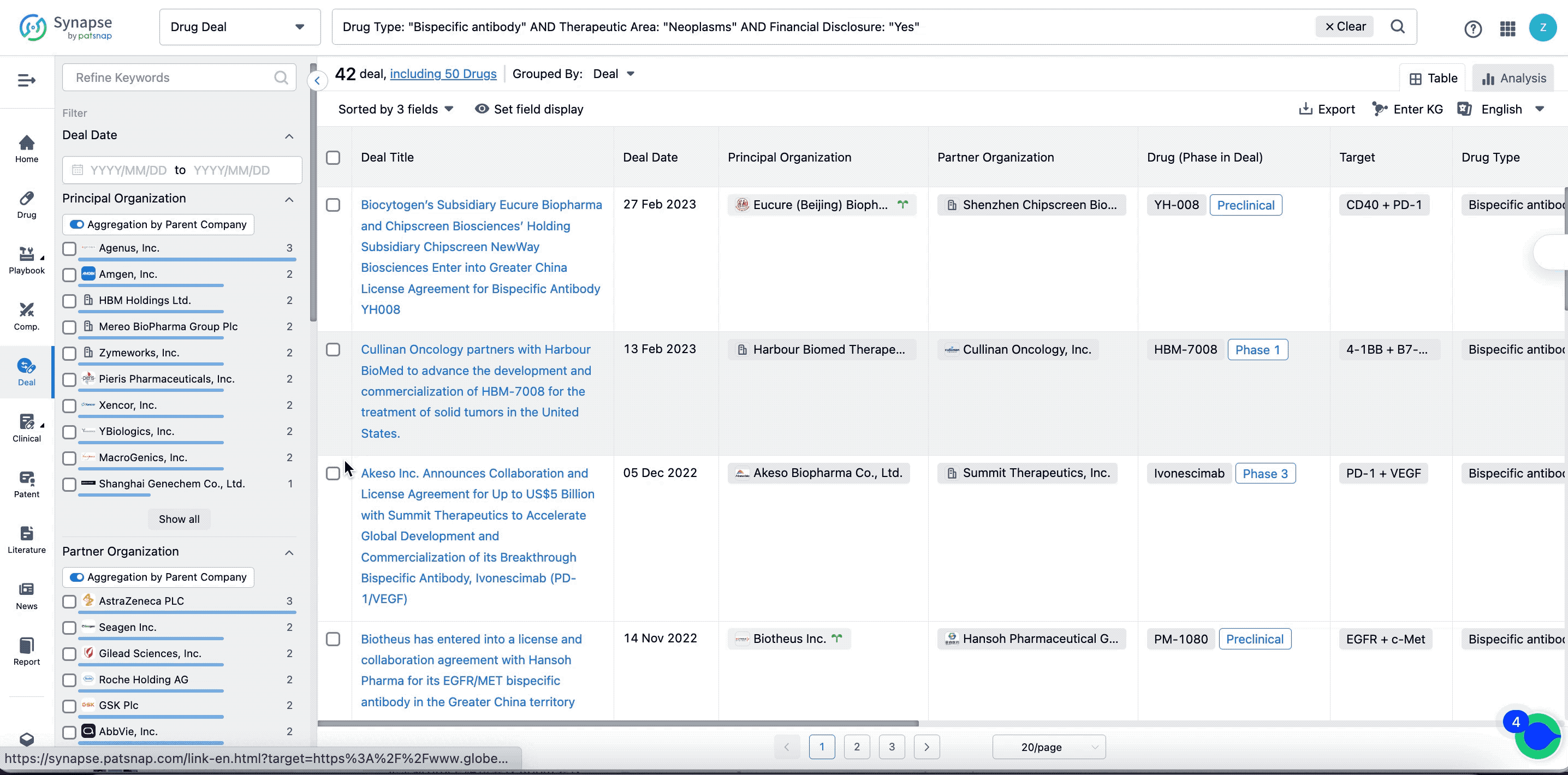
In the coming months, the Synapse drug transaction database will continue to iterate, including:
1.Covering more announcements from listed pharmaceutical companies, enhancing the comprehensiveness of trading data.
2.Optimizing the AI capabilities of the intelligence assistant by attempting to incorporate the clinical results of drugs to output more comprehensive and in-depth summary information.
3.Trading data supports email alerts and storage into a workspace, helping users build their own trading intelligence platform.
If you have any suggestions, please feel free to contact us. Your goodwill will help Synapse get better and better!
